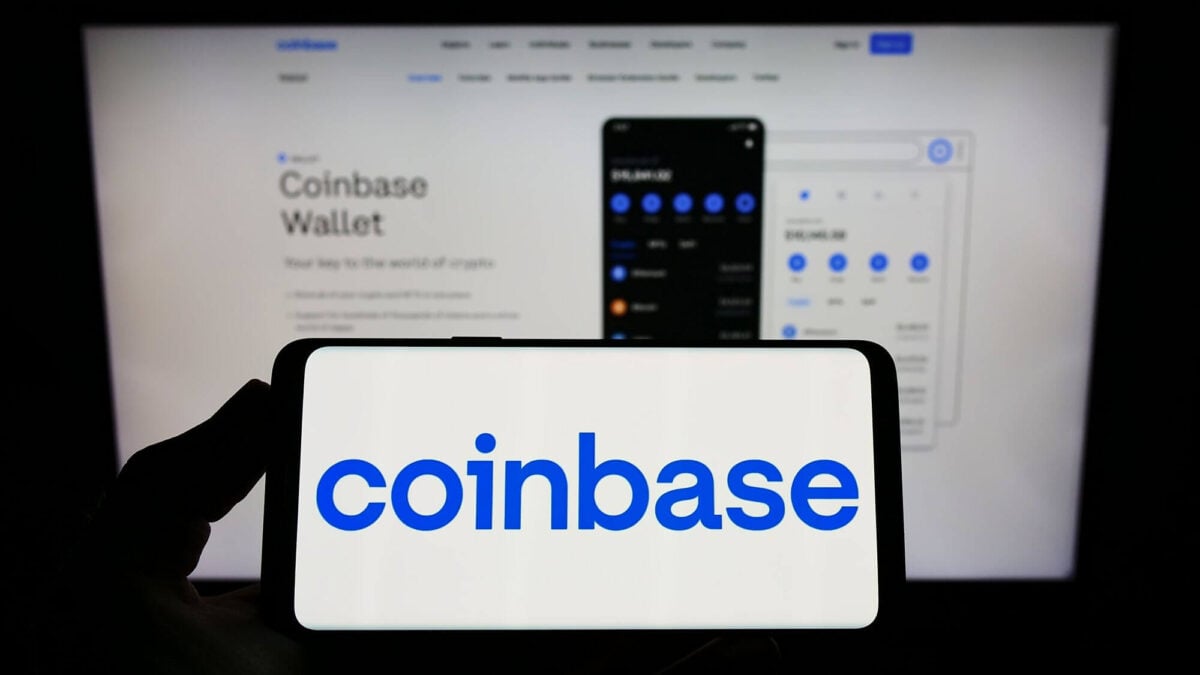TLDR
- Coinbase launched Payments MCP, a new protocol that allows AI agents to create wallets, send stablecoin payments, and conduct transactions autonomously on-chain
- The system works with Claude, Gemini, Codex, and Cherry Studio through natural language prompts, with no API keys or complex setup required
- Built on Coinbase’s x402 payment standard, which uses the historically unused “HTTP 402: Payment Required” code to create an open internet payment system
- Users can create wallets with just an email address, set spending limits, and manage transactions through a local desktop interface for security
- ChatGPT support is planned but not yet available due to technical incompatibility with OpenAI’s current streaming method
Coinbase has released a new protocol that connects artificial intelligence agents directly to cryptocurrency payments. The system allows AI to hold wallets and send stablecoin transactions autonomously.
Announcing Payments MCP, the easiest way for AI agents to get onchain via x402. 🚀
It lets LLM models like Claude, Gemini, and ChatGPT gain access to onchain tools like wallets, onramp, and payments with no API key required. 🧵 pic.twitter.com/MSnIaecx0O
— Coinbase Developer Platform🛡️ (@CoinbaseDev) October 22, 2025
The protocol, called Payments MCP, went live on October 23, 2025. It builds on the Model Context Protocol framework and integrates with Coinbase’s x402 payment standard.
Payments MCP currently works with Anthropic’s Claude, Google’s Gemini, OpenAI’s Codex, and Cherry Studio. These AI systems can now create wallets, add funds, and send stablecoin payments using natural language commands.
Erik Reppel, Coinbase’s head of engineering for its developer platform, told Decrypt that crypto serves as the only open digital payment standard that any program can use. He emphasized that AI agents function best with programmatic interfaces rather than systems designed for humans.
The protocol requires no API keys or developer setup. Users can create wallets using only an email address and begin transacting in supported regions almost immediately.
How the System Works
The x402 standard takes its name from the HTTP 402 status code, which was reserved for “Payment Required” but never widely implemented. Reppel explained that developers have attempted to create internet-native payment standards since the 1990s.
He noted that Marc Andreessen and the Netscape team explored similar concepts while dealing with credit card systems. When HTTPS arrived, online payments became more secure, but no universal standard emerged.
The new protocol runs locally on users’ devices for privacy and speed. An integrated interface lets users browse services they can pay for through the x402 Bazaar Explorer. Users can also set spending limits and manage transaction approvals through a configuration panel.
Technical Capabilities and Limitations
Payments MCP gives AI agents access to wallet creation, onramps, and stablecoin transfers. The system processes payments through natural language commands without requiring code.
ChatGPT is not currently supported. The transport method used by Payments MCP does not work with OpenAI’s streaming variant. Coinbase plans to add ChatGPT support in the future.
The protocol connects to Coinbase’s Base Layer 2 network. The company describes the system as a bridge between developer tools and mainstream use.
Coinbase launched the protocol as part of its 2025 strategy linking AI infrastructure with cryptocurrency systems. Earlier initiatives included USDC lending programs and partnerships with Google on stablecoin protocols.
The company states that stablecoins provide speed and composability without human friction. Coinbase views these characteristics as ideal for AI systems that need to transact autonomously.
The protocol allows AI agents to retrieve paid data, manage transactions, and pay for computational resources. Coinbase positions this as enabling AI systems to participate actively in the global economy.
The exchange plans to expand support for additional AI models and developer tools in coming months. The company aims to establish its developer platform and Base network as infrastructure for automated digital commerce.






